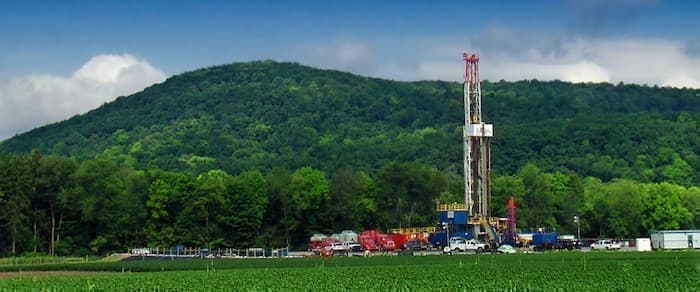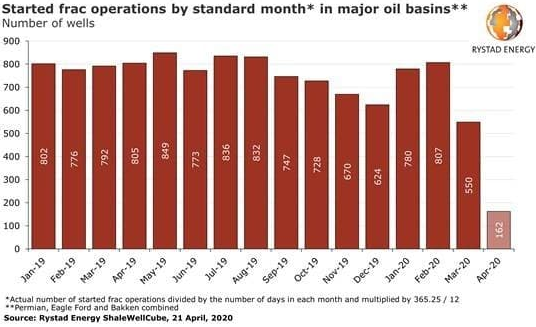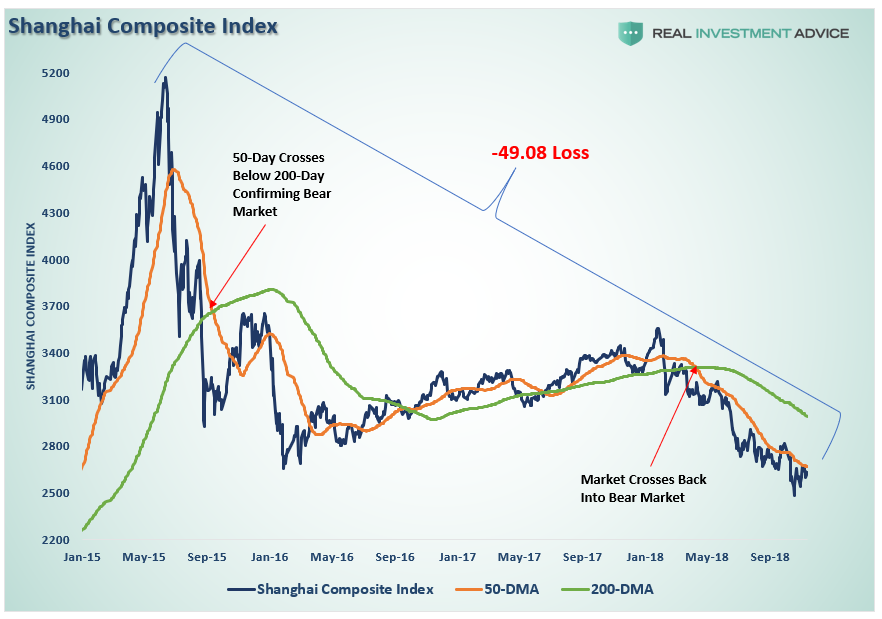Oil prices are now down over 20 percent from recent highs, and President Trump knows exactly where the credit for that belongs. “If you look at oil prices they’ve come down very substantially over the last couple of months,” President Trump said in a news conference last week. “That’s because of me.”
The President is partially correct about that, but not for the reasons he thinks. He attributes it to his hard line on OPEC. But what has actually happened is that crude oil inventories in the U.S. have risen for seven straight weeks.
As pointed out in the previous article, one reason for that is that China, in response to the ongoing trade spat, has stopped importing U.S. oil. Earlier this year China imported more than half a million barrels of day of crude oil from the U.S. Loss of this export market has contributed to the inventory growth in the U.S. — and hence to the drop in crude oil prices. (Presumably, crude oil inventories are dropping elsewhere, but possibly in countries with less transparency about their inventories).
Some feel that there is also an element of fear that global demand may be slowing. But this week Reuters reported that China’s crude oil imports reached an all-time high in October. So, despite the trade war, demand in China doesn’t appear to be slowing. But China isn’t getting its oil from the U.S. now.
Where is China getting its oil? Iran, for one. Another way that President Trump has helped oil prices go down is that he blinked as the deadline for sanctions on Iran’s oil exports neared. Oil prices had risen about 50 percent over the past year because of the impending sanctions that were expected to take Iran’s oil off the market. (I don’t recall him taking credit for oil prices that rose in response to sanctions).
…click on the above link to read the rest of the article…

















